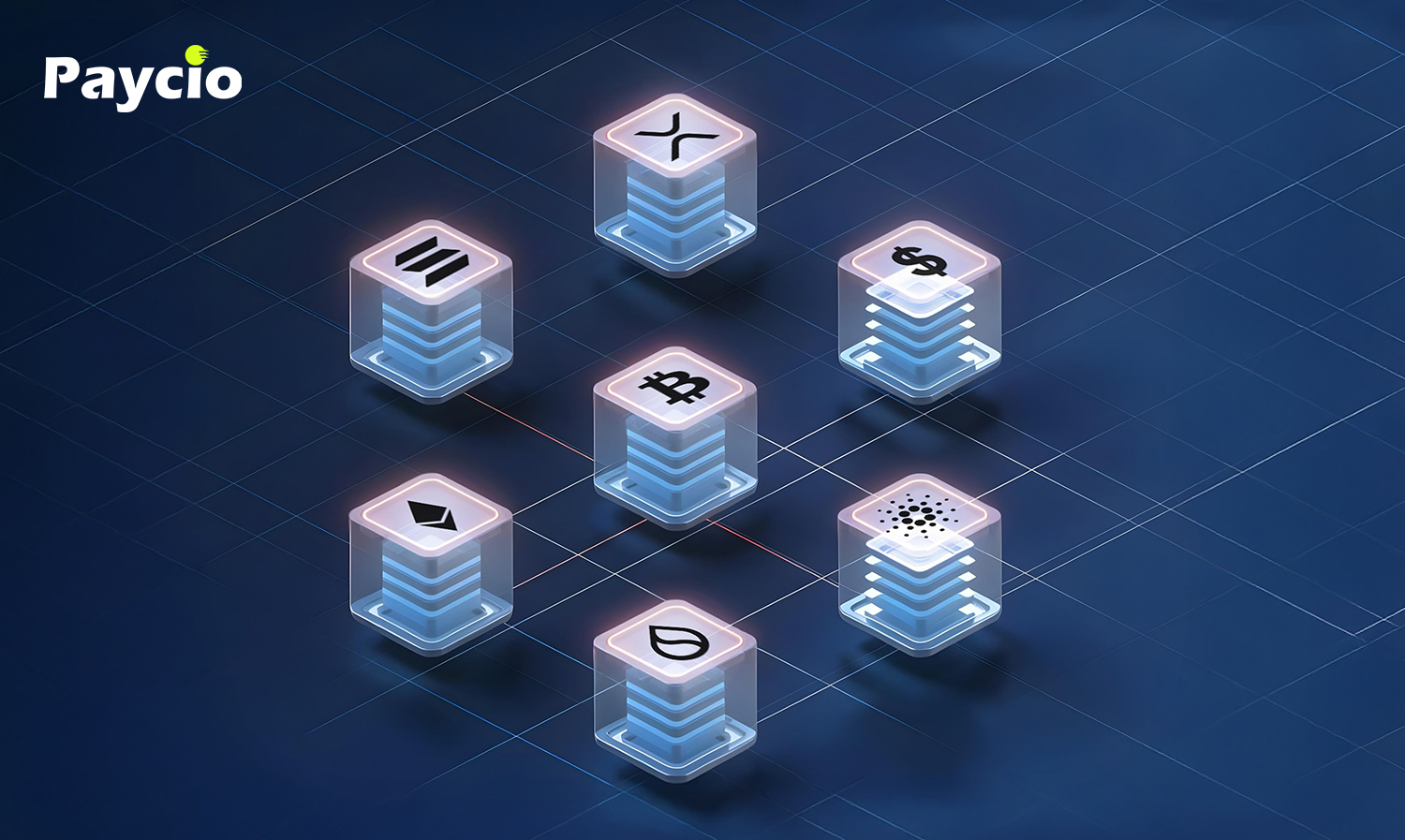
The blockchain world is expanding at breakneck speed. Bitcoin, Ethereum, Solana, Polygon—each offers unique capabilities. But there’s a problem. These powerful networks often operate in isolation. Similar to islands in a vast digital ocean, where they are unable to communicate with each other. This siloed nature has created fragmentation, limiting both utility and adoption.
Enter cross-chain transactions—the bridge connecting these blockchain islands. They enable seamless transfers, unlocking the potential of decentralised systems. This innovation revolutionizes how we think about blockchain interoperability and paves the way for a more connected Web3 future.
Cross-chain transactions allow digital assets to move freely between different blockchain networks. Think of it like currency exchange when travelling internationally. If you’re visiting Japan, you need to exchange your currency for yen to make purchases. Similarly, cross-chain transactions let you ‘exchange’ tokens native to one blockchain for use on another without losing their underlying value.
These transactions rely on specialized infrastructure like crypto bridges, atomic swaps, and interoperability protocols. These serve as translations between blockchains speaking different languages. Without these mechanisms, your assets stay trapped within their blockchain network—significantly limiting what you can do with your digital assets.
Most blockchains were designed as self-contained ecosystems. The need to switch networks repeatedly causes frustration among users. Developers face tough choices when selecting blockchain foundations for their projects. Building on Ethereum provides smart contracts and dApps but costs users high fees. Choosing Solana offers speed but reaches a smaller user community.
This fragmentation creates inefficiencies. Users must navigate multiple wallets and developers must choose which blockchain to build on. Value and liquidity become trapped in separate ecosystems, reducing capital efficiency across the entire crypto space. Enter blockchain interoperability.
Cross-chain tech demolishes the walls separating blockchain networks. When two digital assets interact, the entire ecosystem becomes stronger. Developers can build applications that leverage multiple blockchain strengths simultaneously. Users access a wider range of services without switching networks. This integration creates a cohesive blockchain experience.
Blockchain congestion has been a persistent challenge. Remember those exorbitant Ethereum gas fees during the NFT boom? During peak usage periods, transaction fees skyrocket and confirmation times slow to a crawl. Cross-chain solutions distribute traffic across multiple blockchain networks so that transactions find the most efficient network path automatically. This helps reduce gas fees while confirmation speed increases without sacrificing security.
Imagine accessing Ethereum’s robust lending protocols while utilising Solana’s low-cost transactions and Avalanche’s high throughput. All within a single application. Cross-chain DeFi enables multi-chain yield farming, cross-chain collateralised loans, and liquidity pools.
Managing assets across multiple blockchain networks can be a headache—different wallets, varying gas fees, complicated bridges, and sending assets to the wrong address. Cross-chain infrastructure creates a single interface, simplifying blockchain interactions. This improves usability, paves the way for mainstream blockchain adoption.
Cross-chain capabilities unlock entirely new use cases of dApps. NFTs that move between different blockchain environments. GameFi experiences that span multiple blockchain environments. DAOs operate across numerous networks for maximum governance effectiveness.
Cross-chain transactions involve locking assets on the source blockchain and creating equivalent tokens on the destination chain. When users want to move back, the process reverses. The represented assets are burned on the destination chain and the original assets are unlocked on the source chain. This prevents the duplication of assets, maintaining scarcity and value.
Crypto bridges like Polygon Bridge and Binance Bridge act as trusted intermediaries that hold assets on one chain while minting equivalent tokens on another. These bridges vary in design:
Atomic swaps offer a more direct peer-to-peer approach, using hash-locked contracts to ensure cross-chain exchange executed completely or neither side does. This eliminates the risk of one party receiving assets while the other doesn’t.
We’re moving from simple asset transfers to complex cross-chain smart contracts that execute coordinated action across multiple networks. However, regulatory challenges remain a hurdle. As assets move seamlessly across jurisdictional boundaries, questions about the ideal regulatory framework arise.
Different countries treat crypto differently, and cross-chain transactions complicate compliance efforts. Industry leaders collaborate with regulators to establish regulatory frameworks without stifling innovation. Despite the obstacles, cross-chain innovation continues.
Cross-chain transactions transform isolated networks into a unified, powerful ecosystem. The siloed blockchain era ends as cross-chain capabilities become standard. Solutions like Paycio lead this cross-chain revolution with unprecedented ease. They enable seamless asset movements across blockchain networks, and users enjoy the benefits of multiple blockchains through simple interfaces.
As we look toward the future of Web3, DeFi, and blockchain tech as a whole, one question becomes increasingly important:
Can fully interoperable blockchains become the standard for the decentralized web? The evidence strongly suggests yes—and the implications for how we exchange value, information, and digital assets will be profound. Are you ready to break free from single-chain limitations? Paycio’s cross-chain revolution welcomes you with open arms.

Explore how blockchain technology is transforming traditional payments and its fundamental elements of decentralization, immutability, and security






